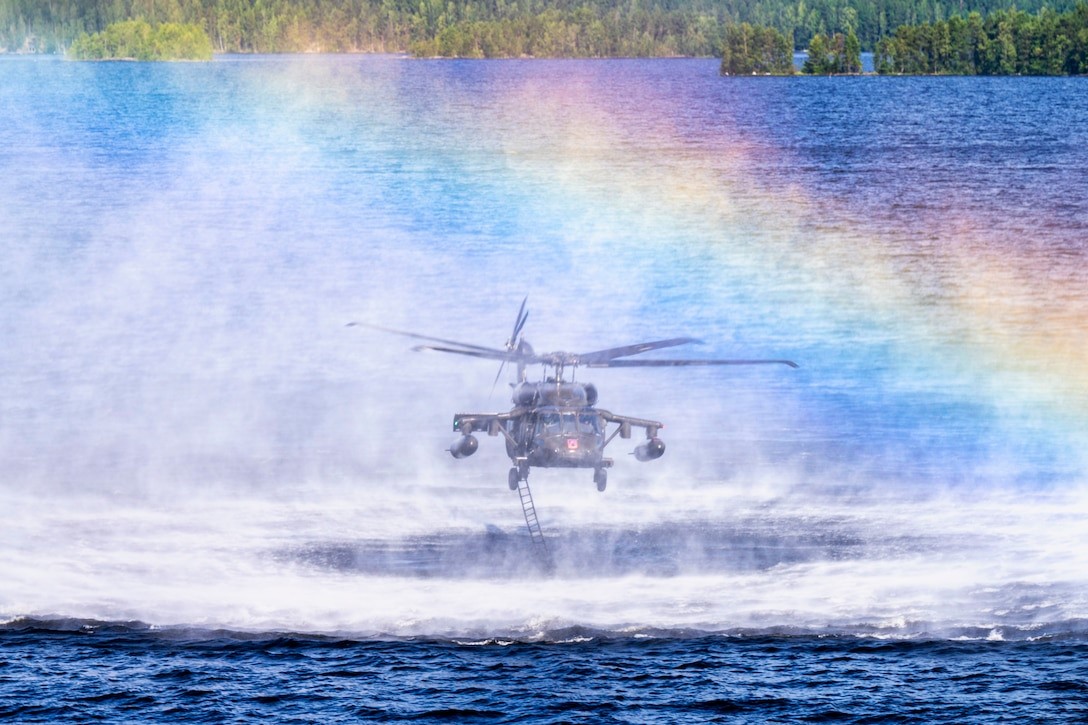America is facing an existential threat from the rising power and aggressiveness of Russia and China. There is a key misconception that clouds this imminent hazard: the illusion of American military supremacy.
China now has the globe’s largest navy, at 355 vessels, compared to its U.S. counterpart’s 296, an enemy advantage that continuously grows due to the underfunding of our maritime service.
America does not have the most servicepeople in arms. China has 3,355,000; Russia has 3,014,000; India has 2,610,550; the U.S. comes in fourth at 2,233,050.
America is not the world’s pre-eminent nuclear weapons power. That title belongs to Russia, with 6,267 warheads, compared to America’s 5,550, courtesy of a deal made by President Obama.
Estimating China’s smaller but growing nuclear force is difficult. Unlike The Kremlin, which enjoys boasting about its atomic prowess, the PRC has hidden its assets. In 2011, a group of Georgetown students discovered that China has a 3,000-mile-long tunnel system to protect and store its missiles and nuclear weapons. Quite bluntly we have no way of knowing how many nuclear weapons are hidden in those vast subterranean passageways. It is disturbing that the U.S. media showed so little interest in this sensational story.
Nuclear weapons limits and restrictions simply do not apply to China. Its nuclear force exists outside the realm of any significant arms treaty.
While Russia and China have modernized nuclear weaponry, the Heritage Foundation notes that the U.S. has largely elected to maintain aging nuclear warheads based on designs from the 1960s, 1970s, and 1980s.
As both adversary nations modernize and expand their nuclear forces, the Biden Administration continues to ignore the danger. A Congressional Research Service Report found that The Biden Administration, in its Interim National Security Strategic Guidance, indicated that the United States would “take steps to reduce the role of nuclear weapons in our national security strategy…”
Perhaps the most overplayed canard is that Washington commits vastly more resources to its armed services than its rivals. Neither Moscow nor Beijing needs to deal with a private sector that must make a profit. Therefore, their funds buy a lot more that they would in America. Both enemy states are unitary; they don’t have to divide up contracts to satisfy the political needs of politicians from different states. Nor is there a free press in either of those two nations, exposing “hidden” expenditures.
A major military analysis website reports that “…the gap between U.S. expenditure on the one hand and that of Russia and China on the other has closed dramatically over the past 15 years. Today, when taken together, spending by Russia and China is roughly equal to U.S. defense expenditure, with Russia representing a much larger share than previously recognized.”
A study from The Stockholm International Peace Research Institute (SIPRI) outlines that the cost of military goods and services in Russia is substantially less than in the USA or most of Europe. That indicates that Moscow has improved purchasing power, quite literally getting far more bang for its buck. A significant part of that is the Kremlin’s reliance on conscription. The fact that Russian soldiers receive far less pay must also be taken into consideration. SIPRI provides an example: In 2019 a Russian lieutenant colonel received approximately $1330 per month, whereas a (lower-ranked) captain in the British Army received more than $4000 monthly.
Perhaps more important than comparisons of weapons and expenditures are actions. Russia’s invasion of Ukraine and China’s aggression towards Taiwan, India, the Philippines, and others leave no doubt as to the intentions of both nations. Ignoring these actions are the 21st century equivalent of overlooking the radar reports of Japanese planes heading towards Pearl Harbor.
Frank Vernuccio serves as editor-in-chief of the New York Analysis of Policy and Government.
Photo: An Army UH-60 Black Hawk helicopter assigned to the 1st Squadron, 214th General Support Aviation Battalion, 12th Combat Aviation Brigade conducts overwater training at Tampere, Finland, Aug. 4, 2022. The 12th Combat Aviation Brigade is one of the units supporting the U.S. European Command strategy by demonstrating U.S. commitment to European allies and partners to highlight U.S. capabilities to diverse audiences. (DoD photo)
